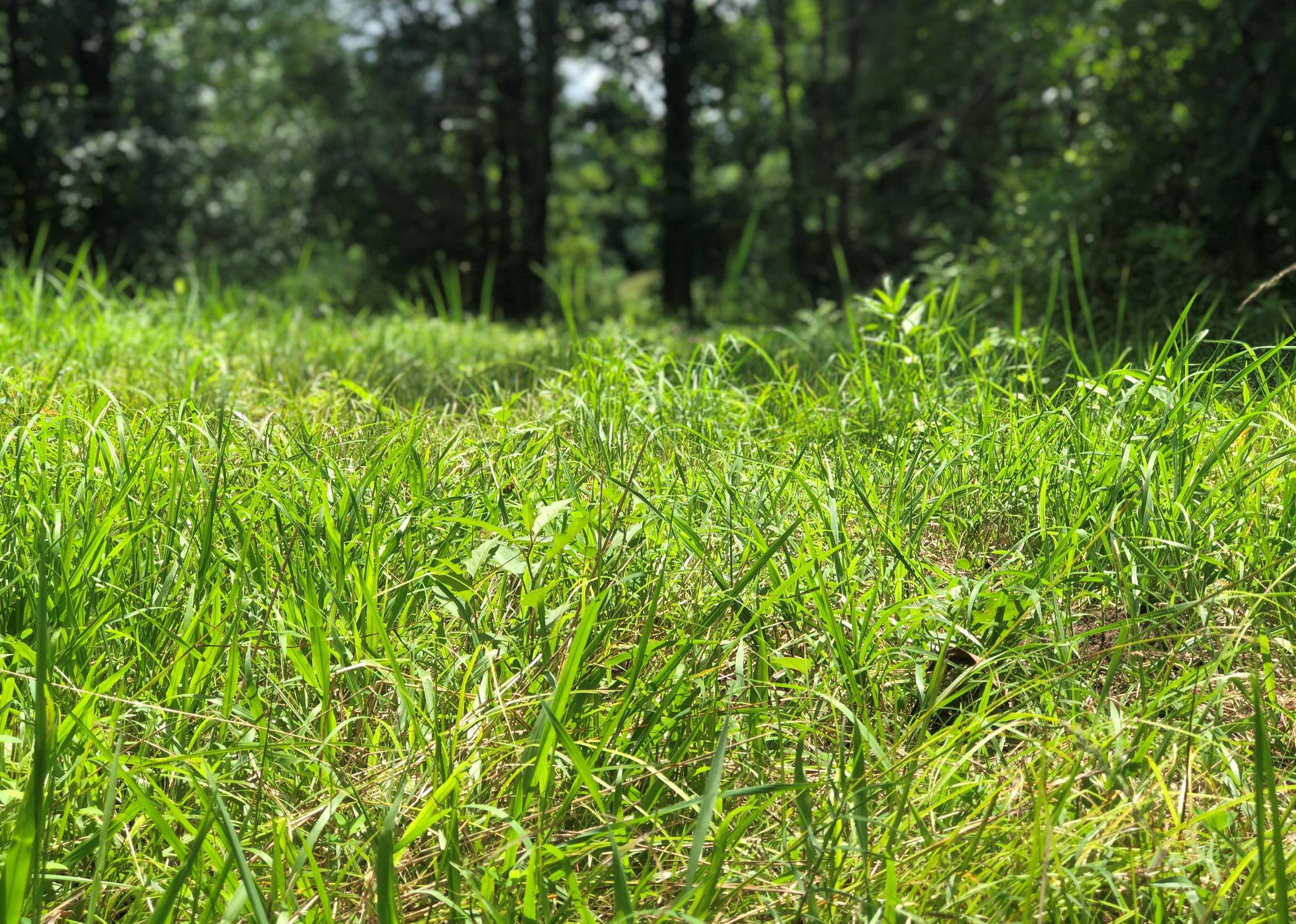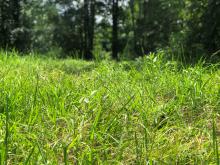Information Possibly Outdated
The information presented on this page was originally released on July 17, 2020. It may not be outdated, but please search our site for more current information. If you plan to quote or reference this information in a publication, please check with the Extension specialist or author before proceeding.
Precautions keep humans off chiggers’ dinner menu
STARKVILLE, Miss. -- As I pondered a possible topic for my next Extension Outdoors article, I caught myself absent-mindedly scratching the chigger bites on my ankle and behind my knees. Eureka! A topic presented itself.
Chiggers are mites and members of the Arachnid family, a group that also includes spiders and scorpions. Adult chiggers are tiny, not much bigger than a period in a sentence written in 12-point font. They have eight legs and range in color from yellow to red, hence their nickname of “redbugs.”
Adult chiggers do not deserve our hate; they are harmless. It is their larvae or juveniles that cause us distress. After hatching from eggs, the larvae seek out a meal on a warm-blooded animal, including hapless humans who move through the vegetation where they live.
Chiggers like to live in thicker vegetation. Overgrown lawns, grassy fields and thickets, and planted ground cover or shrubbery can all provide chigger habitat. Keeping household yards trimmed and free of excess leaf litter and weeds will reduce their habitat and help to control their density.
Hot, humid weather typical of Mississippi summers provides perfect conditions for these species. During months with frosty nights and cold days, chiggers are inactive.
Contrary to popular belief, chiggers do not burrow into skin or suck blood. They bite and inject enzymes that dissolve skin cells around the bite site. Because they have tiny, delicate feeding structures, they seek out areas of the body where skin is thin, such as around ankles, knees and underwear regions. After sucking up their liquid meal, they drop off unnoticed, leaving behind a telltale, itchy, red bump.
The larva’s feeding site itches in response to histamines released by skin cells. The itch is intense, and it can be difficult to resist the urge to scratch. Scratching opens the skin, inviting in secondary bacterial infections and delaying healing. Instead, treat bites with over-the-counter anti-itch creams or antihistamines. Rubbing alcohol can also bring some relief, as well as providing some protection from infection.
Well-meaning friends have suggested painting the bite site with fingernail polish or applying bleach to kill or suffocate chiggers. These are not valid solutions because the chigger is no longer present. To prevent chigger misery, keep them away from your skin.
Long pants gathered into socks, shirts tucked into pants, and bug spray applied around legs and ankles can help. Cleaning well with soap and water immediately after any outside activity can remove chiggers, hopefully before they had a chance to begin feeding. Wash the clothes you wore outdoors before wearing them again; chiggers can lie in wait and resume their search for a meal if clothes are “recycled” for another wearing.
Summer is a great time to be outdoors. With a little forethought, your outdoor time does not need to be followed by days of itching from chigger bites.

Editor’s Note: Extension Outdoors is a column authored by several different experts in the Mississippi State University Extension Service.




